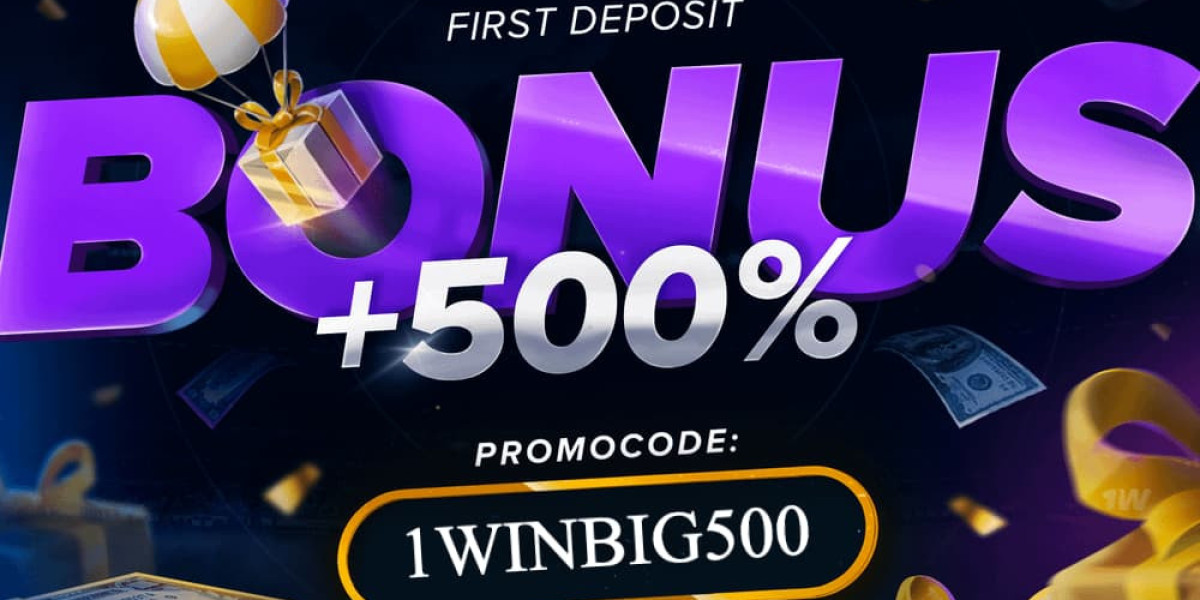Influencer Marketing Boom: How Social Media Creators Are Reshaping Global Brand Strategies
The global influencer market industry has exploded into a multi-billion-dollar powerhouse, driven by the ever-growing dominance of social media, mobile connectivity, and a shifting consumer trust model that favors personal endorsements over traditional advertising. In 2023, the market is valued at over 12.52 billion and is projected to surpass $40 billion by 2035. Businesses across sectors are increasingly redirecting marketing budgets towards influencers, citing higher returns on investment, enhanced audience engagement, and superior brand awareness. What was once considered a niche form of digital advertising has evolved into a strategic pillar of modern brand communication.
From mega influencers with millions of followers to micro and nano influencers with smaller but highly engaged audiences, the entire spectrum is now integral to content marketing efforts. Platforms such as TikTok, Instagram, and YouTube continue to lead, while newer players like Threads and Lemon8 are gaining traction among Gen Z and younger millennials. The growing emphasis on performance analytics, content quality, and community engagement has shifted the market toward data-driven decision-making and ROI-focused partnerships.
Get An Exclusive Sample of the Research Report at- https://www.marketresearchfuture.com/sample_request/11712
Key players are fueling this evolution—from platform providers like Aspire, Upfluence, and GRIN to agencies like Obviously, Viral Nation, and Influencer.com that offer full-service campaign execution. Simultaneously, creators such as Charli D’Amelio, Khaby Lame, and Addison Rae remain highly influential voices, commanding massive reach across categories like beauty, fashion, and lifestyle. These players are shaping industry standards, defining pricing models, and setting content trends that ripple across markets.
Influencer marketing is now segmented by influencer type—nano (1K–10K followers), micro (10K–100K), macro (100K–1M), and mega influencers (1M+). Nano and micro influencers are particularly valuable due to their tight-knit communities and high engagement rates, making them ideal for niche markets and regional targeting. The industry also segments by platform, with Instagram leading for visually rich content, YouTube for long-form and in-depth reviews, and TikTok for viral, short-form creativity. Vertically, industries such as fashion, beauty, fitness, and food dominate, but finance, tech, health, and education are rapidly expanding. Geographically, North America and Europe command the largest market shares, while Asia-Pacific is witnessing the fastest growth.
Influencer marketing dynamics are driven by technology, consumer psychology, and evolving digital ecosystems. As consumers become more skeptical of traditional ads, they gravitate toward influencers who reflect their values, lifestyles, and interests. Machine learning and artificial intelligence are enhancing influencer discovery, engagement prediction, and campaign customization. However, challenges such as influencer fraud, fake followers, and non-compliant content disclosures continue to affect brand trust and effectiveness. Regulatory bodies like the FTC and GDPR enforcers are now setting clear guidelines for influencer transparency, increasing accountability.
Meanwhile, social commerce—the direct selling of products via social media—has emerged as a key growth vector. Live shopping, affiliate links, and integrated e-commerce tools are enabling influencers to directly drive conversions, blending content and commerce more seamlessly than ever. Recent developments in the influencer market highlight increasing professionalization and platform innovation. Monetization features like TikTok Creator Funds, YouTube Shorts ad revenue sharing, and Instagram’s Collabs and Shopping tools are enabling influencers to diversify income streams. Influencer-generated content is also being repurposed into paid media and brand-owned assets, maximizing content value.
Brands are moving toward performance-based compensation models, blending influencer and affiliate marketing tactics to reward creators for measurable outcomes. The rise of virtual influencers—AI-generated characters that engage audiences across platforms—further illustrates the sector’s rapid evolution. Companies are also prioritizing long-term ambassador partnerships over one-off deals, enhancing brand authenticity and creator alignment.
Regional variations further shape the market landscape. North America, particularly the U.S., remains the most mature and lucrative influencer market, backed by high social media usage and brand spending. Europe continues to invest in influencers across sectors, with strong presence in fashion, beauty, and automotive. Asia-Pacific is rapidly outpacing other regions in growth, thanks to a digitally native youth population, expanding middle class, and high smartphone penetration in countries like India, China, Indonesia, and Vietnam. Local platforms such as Weibo and Douyin dominate China, while Instagram and YouTube remain popular in India and Southeast Asia. Emerging markets in Latin America, the Middle East, and Africa are also adopting influencer marketing with culturally tailored strategies and localized content that resonates with diverse audiences.
With market conditions favoring innovation, strategic partnerships, and deeper personalization, the influencer marketing industry is poised to remain a central force in shaping brand-consumer relationships for years to come.
Browse Full Report Details: https://www.marketresearchfuture.com/reports/influencer-market-11784
About Market Research Future:
At Market Research Future (MRFR), we enable our customers to unravel the complexity of various industries through our Cooked Research Report (CRR), Half-Cooked Research Reports (HCRR), Raw Research Reports (3R), Continuous-Feed Research (CFR), and Market Research & Consulting Services.
MRFR team have supreme objective to provide the optimum quality market research and intelligence services to our clients. Our market research studies by products, services, technologies, applications, end users, and market players for global, regional, and country level market segments, enable our clients to see more, know more, and do more, which help to answer all their most important questions.
Contact Us:
Market Research Future (Part of Wantstats Research and Media Private Limited)
99 Hudson Street, 5Th Floor
New York, NY 10013
United States of America
+1 628 258 0071 (US)
+44 2035 002 764 (UK)
Email: sales@marketresearchfuture.com





